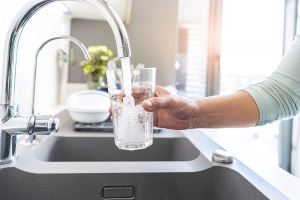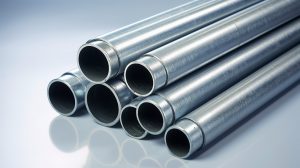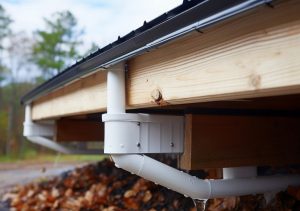Table of Contents
If you are looking for material that is strong, flexible and can be used in a variety of different environments, you should strongly consider high density polyethylene pipe made from HDPE plastic.
In addition to being strong and flexible, it can also be recycled, which is another plus for those who are looking to keep costs down without harming the environment. Let’s take a closer look at HDPE plastic, how long it lasts and what you can do with it.
What Is HDPE Pipe?
HDPE pipe is made from a material created through a process called polymerization. As the name suggests, this process involves taking monomers and essentially fusing them together to create a chain of polymers. The resulting chain is resistant against most chemical exposure and is stronger than a traditional plastic.
Therefore, it can be used for a variety of both commercial and industrial purposes across a wide range of sectors such as agriculture, transportation and consumer goods.
How Long Does HDPE Pipe Last?
When properly maintained, HDPE pipe can last for a century. There are several ways in which you can maintain this material to ensure that it reaches the end of its useful life. As you may expect, regular inspections can reveal the presence of cracks, holes or other issues that need to be addressed right away.
Other signs of damage include warping or discoloration that might be caused by a leak or general exposure to moisture. Discoloration may also be caused by exposure to sunlight or intense heat or humidity.
Although HDPE is a fairly sturdy material, it may also be vulnerable to pest damage if you don’t take proactive exclusion methods such as closing holes or cracks. In addition, a pipe could be vulnerable to mold or mildew damage if it is not structurally pure.
You should also strive to minimize exposure to harsh chemicals that might result in oxidation. It may also result in other issues that could cause stress fractures, warping or other structural integrity problems that must be addressed immediately.
Finally, you can ensure that a pipe reaches the end of its useful lifespan by taking steps to minimize ground shifting or settling. If the ground moves too much, it could cause a pipe to crack or warp. Physical supports can also be put in place if a pipe is buried under ground that experiences a high level of foot or vehicle traffic.
Influential Factors on HDPE Plastic's Longevity
There are a number of factors that will determine just how long your pipe will last. As you may expect, environmental variables can play a significant role as to whether a given pipe will last for 50 years or closer to 100. If your pipe is exposed to extreme temperatures, it will typically have a shorter useful life compared to one that is exposed to more moderate temperatures.
An HDPE pipe can thrive in temperatures as low as negative 50 degrees and as high as 180 degrees. You may also notice that pipes last longer if they are not exposed to constant sunlight. However, this type of material does tend to do well against UV radiation, so it can still be a good choice even if you live in a sunny location such as Phoenix or Miami.
Typically, pipes that are stored underground tend to last longer than those that are above ground. This is due to the fact that pipes located above ground are more likely to be exposed to higher temperatures, higher levels of UV light and a greater level of foot or vehicle traffic.
Finally, pipes that are placed under heavy loads are more likely to crack or otherwise experience damage that can reduce their useful lives. You can mitigate this by performing regular inspections as well as developing systems that help to spread the weight throughout a given area.
Pipes that are not properly maintained are going to have a shorter useful life than those that are inspected and repaired as needed. However, it is important to note that pipes made from HDPE plastic don’t need as much maintenance as other materials. Therefore, you can still save time and money on upkeep without feeling as if you’re wasting time or money that could be devoted elsewhere.
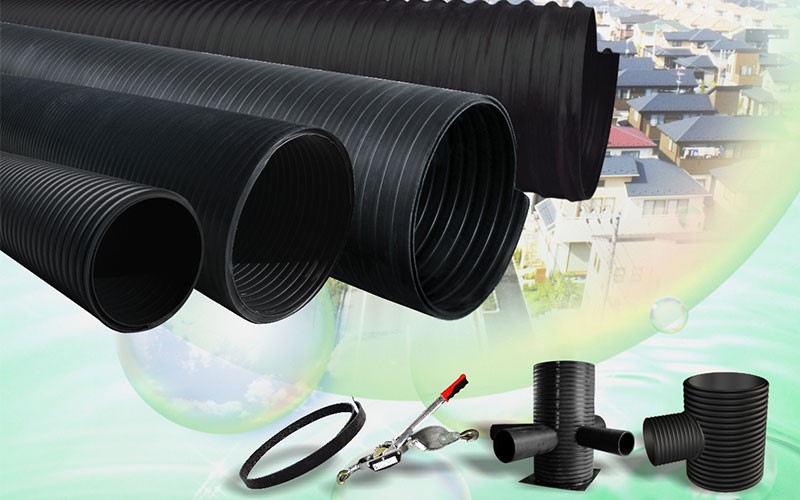
Diverse Uses of HDPE Plastic
While HDPE pipe is a common application of HDPE plastic, it is not the only thing that you can make with it. As it is resistant to both acids and solvents, you can use it to create buckets, jars or other containers to store chemicals used for experiments or cleaning a lab or office.
It can also be used for jars, bottlers or containers used for shipping cleaning supplies to grocery stores or customer’s homes. Essentially, if you need to carry, ship or store something, this is the material to use to create a sturdy storage unit.
As it is one of the sturdiest materials on the market today, it is often used in automobiles. Thanks to its flexibility, it can be used in items as diverse as gas tanks and bumpers. It can also be used for interior car parts as it is less likely to wear or fade even if you park your vehicle in the sun all day.
If you run a farm, you can use this material as part of your irrigation system. Whether you need pipes to carry water from the lake to the field or something to cover your greenhouse, it can meet your needs now and for years to come.
HDPE plastic is one of the most versatile, affordable and ecofriendly materials that you can use. Furthermore, since it is so versatile in its applications, you can use it throughout your company even if it doesn’t specialize in one product or service.
If you are in need of HDPE supply, you should get in touch with LESSO today. We offer a variety of quality and affordable products that will make it easier to keep your business on track now and in the future.
FAQs about HDPE Pipe
HDPE is widely regarded as safe for food and water storage, often used in containers and bottles.
Yes, HDPE is highly recyclable and often reused in various consumer and industrial products.
HDPE is known for its excellent chemical resistance, making it ideal for containers holding various substances.
Recommend Reading
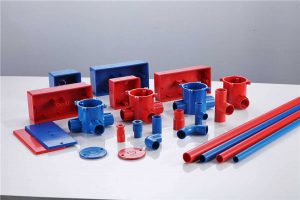
CPVC vs PVC Pipes: What’s the Difference?
Table of Contents One of the most important and often overlooked features of any home is the plastic piping used to carry water, heat, and
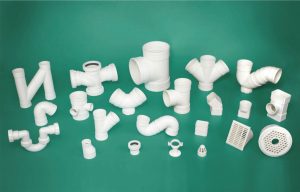
How to Choose the Right Drainage Pipe for Your Home
Do you need to update the drain pipes in your home? Your house drainage system is responsible for removing the wastewater from your home and




